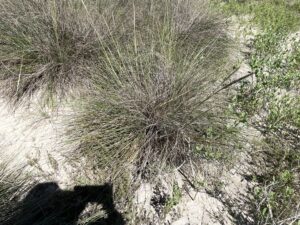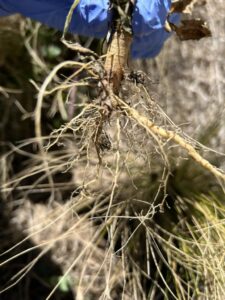Legacies of environmental contaminants on plant-microbe interactions in the gulf coast prairies and marshes
Environmental pollution is a major concern along the Gulf of Mexico. We aim to study the different levels of responses (flipside: levels of impacts) of oil and heavy metal pollution on soil microbes and coastal plants
1. Title: Decoupling taxonomic and functional diversity in soil microbes under different contaminant exposures
Ongoing
Funder: AAUW, Texas Research Fund
Soil microbial communities are highly diverse and this high diversity has long been assumed to arise from functional redundancy i.e., different co-existing microbial taxa perform similar functions, such that changes in community composition do not alter their functional attributes. Whether this is generally true or not, and how exposure to environmental disturbances can decouple or couple diversity-function relationship remains unclear. This project examines the generality of this long-held hypothesis that highly diverse communities exhibit functional redundancy on coastal marsh soil microbes, and the ecosystem outcomes when these communities are subject to on-going environmental pollution. We use both metagenome-assembled genomes (MAGS) and amplicon sequencing of 16s to characterize microbial communities and functions in the soil.
2. Title: Understanding the impacts of accumulation of heavy metals on plant physiology and fungal associates
2021- ongoing
Funder: AAUW, Texas Research Fund
Environmental pollution is a major concern along the Gulf of Mexico. We aim to study the different levels of responses (flipside: levels of impacts) of oil and heavy metal pollution on soil microbes and coastal plants.


Example findings:
Lumibao CY, Liu Y+, and Pavel IE (2025). Host plant traits and site history shape root fungal endophytic communities of Sporobolus spartinae after long-term exposure to contaminants. Phytobiomes Journal. First Look https://doi.org/10.1094/PBIOMES-06-25-0045-SC.
Lumibao CY, Bernik BM, Formel SK, Kandalepas D, Mighell KL, Pardue J, Van Bael SA and Blum MJ. (2020) Rhizosphere soil microbial communities reflect genotypic and functional variation in a salt marsh ecosystem engineer. American Journal of Botany 107(6): 941– 949